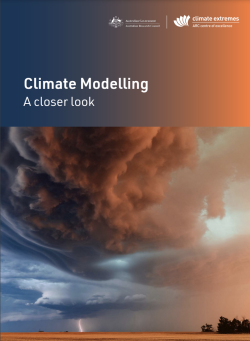
WA’s record breaking heat in 2022 was made possible by suppressed tropical activity, strong high pressure systems and coastal troughs allowing heat to build up during the daytimes. Climate scientists have analysed what happened in WA over this period.
“The reasons for WA’s extreme heat in 2022 are complex” says Dr Tess Parker from the ARC Centre of Excellence for Climate Extremes.
“At the start of the year we saw a strong high-pressure system over the Great Australian Bight. That brought hot and dry weather from the desert to Perth. In combination with a coastal trough just along or offshore from the west coast, afternoon sea breezes were blocked, leading to the extreme temperatures we saw in Perth and Onslow.”
“In December, suppressed tropical activity saw Marble Bar briefly become the hottest place on the planet, reaching 46.2°C. Due to the monsoon break, the usual north-westerly winds, which help to keep temperatures down, didn’t arrive over northern Australia, and the dry air and clear skies allowed the heat to build at the surface” says Parker.
From Summer 2021 to Summer 2022, WA:
- Matched the equal hottest day in Australian records (50.7°C in Onslow on 13 January 2022)
- Exceeded the Perth record for consecutive days above 40°C (18-23 January 2022)
- Exceeded the Perth record for total number of summer days above 40°C (11 days in January 2022)
- Exceeded the Marble Bar record for December days above 45°C (16 days in December 2021)
The analysis is part of The State of Climate and Weather Extremes 2022 – a report of leading climate researchers from the ARC Centre of Excellence for Climate Extremes.
“Heatwaves are one of the most significant natural hazards in Australia in terms of loss of life, so it’s concerning to see WA break these heat records in 2022” says Dr Parker.
“Heatwave conditions are expected to continue to worsen as the climate warms under climate change, so it’s important that we continue to develop the science and climate predictions, so Western Australia can prepare for the likelihood of more records being broken in the future.”

“Climate models are how we predict the future of our climate – a crucial need as our planet warms.”
Professor Andrew Pitman, AO, FAA. Centre Director. ARC Centre of Excellence for Climate Extremes.


